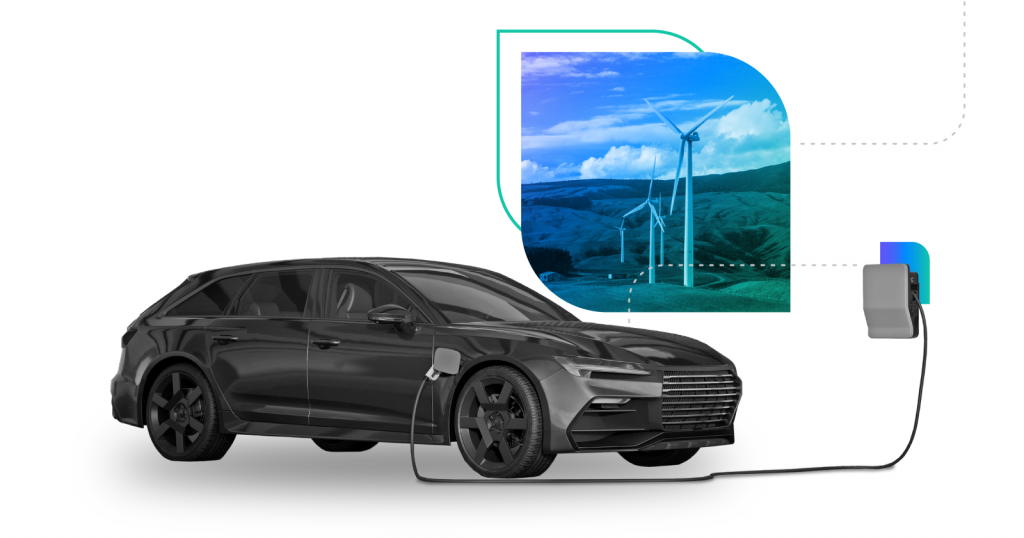As manufacturers adopt ESG principles in the design of their products, there is now an opportunity to offer finance options for new types of assets. As they adapt their products to lessen the negative impact of greenhouse gases, or even introduce new products to the line, there is an opportunity for secured lenders to swoop in and discover their share of the market.
We are at a point in the ESG discussions where it is clear that it will become a core part of business strategy, but the current market has a lot of room to grow. While there are banks already committing to ESG, they do not represent the industry as a whole. That means, as a lender, that there is a huge opportunity to capture your share of the market before others have the chance to establish their names. Taking advantage of this early on will allow your business to position itself for long-term success.
Ensuring competitiveness in a growing industry is vital. It has not always been easy for businesses to access loans for ESG purposes. Lenders have been wary to support projects without quantifiable evidence that they are low in risk, and high in reward. As reporting has grown and more standardized frameworks set in place, it is becoming easier for businesses to access these loans and lenders can more easily identify good opportunities.
A big change that many businesses are making, but also has high upfront costs, is investing in renewable energy. Companies that invest in renewable energy sources, such as solar panels, find themselves not only reducing emissions, but also becoming more likeable to potential customers and saving money with energy made on-site. However, while businesses can save money in the long term by installing renewable energy sources, they can have a high up-front cost. With finance options, renewable energy is much more accessible.
There are a few rising options for lenders looking to enter the ESG space:
- Green Loans: These are loans that are specifically used towards a green project. The Green Loan Principles (GLP) offer a framework to set out what exactly a green project entails, including how projects should be selected and how the proceeds should be managed. Examples of industries these could fall into are energy and transport.
- Social Loans: Similar to green loans, these loans can be used specifically towards a social project, such as healthcare.
- Sustainability-Linked Loans: SLLs are a more accessible, and in turn, more popular type of ESG loan. Rather than lending based on a project, SLLs allow you to borrow for a wide range of reasons but instead link interest rates to a set of goals or KPIs. According to BNN Bloomberg, SLL volume increased from $5 billion in 2017 to $143 billion in 2019, a substantial increase.
Technology is a great way to assist with exploring these new opportunities. Solifi Open Finance Platform allows you to pay for the features you need and use, so that you can choose exactly what you need and tailor your solution to suit your changing needs. It also means your software is flexible, allowing you to add to what you need as your business continues to grow.
Managing Environmental, Social, and Corporate Governance with SaaS
Read part 1: ESG: How to boost your profits
Read part 2: ESG: Addressing Scope 3 emissions
Read part 3: ESG: The importance of reporting
Read part 4: ESG: Supporting sustainability with the circular economy
Read part 5: ESG: A chance to explore new opportunities
Read part 6: ESG: What does the future hold?
